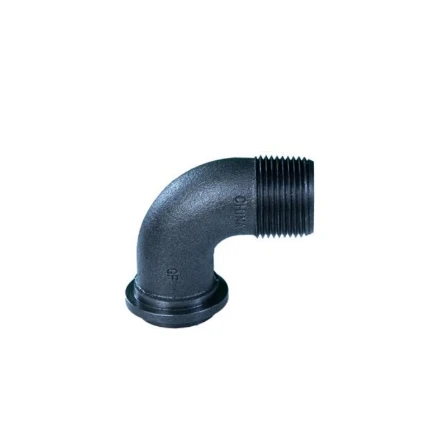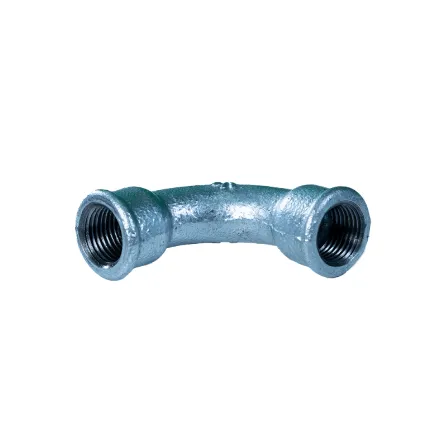Malleable steel, renowned for its versatility and strength, has become indispensable in various industries, ranging from construction to manufacturing. Gaining an in-depth understanding of this unique material can propel businesses to optimize their operations and enhance their product offerings.

Over the years, advancements in metallurgical technology have shifted the paradigm of how traditional materials are used. Malleable steel, a variant distinguished by its ductility and flexibility, offers significant advantages over conventional steel. The transformation of standard steel into a malleable form involves heat treatment processes that refine its microstructure, enhancing its ability to be molded into diverse shapes without compromising strength. Such processes involve heating the steel to high temperatures followed by a controlled cooling phase, which eradicates brittleness and introduces plasticity.
In industries where precision and customization are paramount, malleable steel's attributes are highly coveted. For instance, in the automotive industry, components such as brackets, suspension parts, and coupling systems benefit from the material's ability to withstand mechanical stress while being easily shaped during manufacturing. This flexibility in manufacturing leads to cost efficiencies as components require fewer rework operations.

The importance of choosing the right type of steel cannot be overstated. For construction projects, malleable steel beams and columns prove essential in a world where architectural designs are increasingly pushing the envelope. These projects demand materials that not only meet safety standards but also provide the aesthetic and functional flexibility to realize visionary designs. Malleable steel checks both boxes by offering structural reliability while allowing for creative freedom in construction processes.
From a sustainability standpoint, malleable steel delivers significant environmental benefits. The material's durability extends the lifespan of products, reducing the need for replacements and minimizing waste. Moreover, steel is one of the most recycled materials globally. The recyclability of malleable steel ensures that even after reaching the end of its lifecycle in one application, it can be repurposed, contributing to resource conservation and aligning with environmental sustainability goals.
Expertise in the application of malleable steel can significantly impact the efficiencies and outcomes in manufacturing and construction processes. Understanding the nuances of tensile strength, yield points, and thermal expansion are crucial for engineers and architects alike. A deep knowledge of these factors aids in predicting how malleable steel will perform under stress, ensuring project reliability and safety.
malleable steel
Manufacturers and suppliers involved in malleable steel production are beacons of trustworthiness in the supply chain. Partnering with reputable suppliers guarantees not only quality but also consistency in material properties, a crucial aspect when precision engineering is required. Through established industry accreditations and adherence to ISO standards, these manufacturers assure clients of the highest quality control measures, fostering a trust-based relationship.
Authoritativeness in the domain of malleable steel is reinforced by ongoing research and development. Industry leaders continuously innovate, researching potential alloy combinations to achieve enhanced properties tailored for specific applications. Such efforts highlight a commitment to maintaining authority in metallurgical advancements, positioning companies at the forefront of technological developments and offering superior products to the market.
Real-world experience with malleable steel further highlights its adaptability and resilience. Case studies recounting successful projects and applications provide a wealth of insights and data, showcasing the material’s advantages firsthand. Engineers who encounter unique challenges rely on these documented experiences to draw understanding and apply tried-and-tested solutions to current projects.
The ever-evolving landscape of material science reaffirms the pivotal role of malleable steel as a cornerstone. Product designers, architects, and engineers who grasp its full potential can forge paths to innovative solutions, advancing their fields and contributing substantially to their respective industries. As technology propels forward, so will the dynamic applications of malleable steel, ensuring it remains a vital resource for future developments.
In summary, the multifaceted benefits of malleable steel underscore its essential role across multiple industries. Its unparalleled combination of strength, flexibility, and sustainability ensures it stands as a material of choice for those seeking to innovate while maintaining quality and safety standards. Companies that leverage the expertise, trustworthiness, and authoritativeness of malleable steel are positioned to lead in constructing the sustainable, efficient, and forward-thinking solutions of tomorrow.
Post time:
Jan-31-2025











